Introducing the method of freezing Chikuzenni, storage period, and arranged recipes with photos!
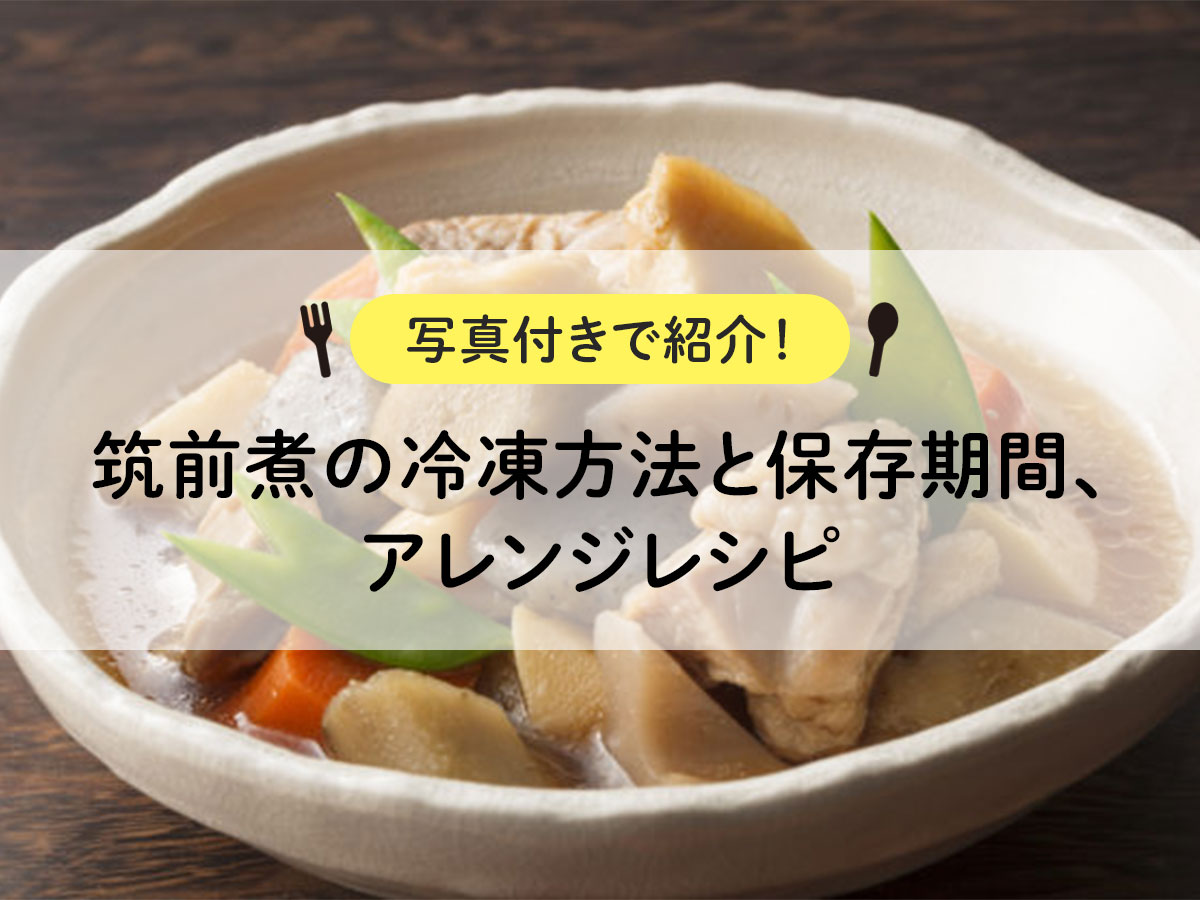
Speaking of Chikuzenni, it is a stew dish that is a standard dish for seasonal dishes. Since you can get plenty of root vegetables and other vegetables, it's a very useful menu for your health.
Do you ever make a large amount of such nutritious Chikuzenni and end up with leftovers, or buy it as a side dish and have some left over?
We'll show you how to use Chikuzenni conveniently by storing it in the freezer with some key points in mind, so be sure to check it out. It's easy to defrost, so it's also recommended as a side dish for lunch boxes!
目次
Advantages of freezing Chikuzenni

Can reduce cooking time
If you want to make Chikuzenni, you have to purchase several types of root vegetables, other vegetables, and other ingredients (such as chicken), prepare them, and then boil them.
This menu is not suitable when you want to eat it right away, but if you keep it frozen, you can easily thaw it and eat delicious Chikuzenni right away.
Easy to unzip, so you can use it easily
Chikuzenni is delicious even when it's cold, so you can eat it just by letting it thaw naturally. Therefore, you can simply move it to the refrigerator the day before you want to eat it and serve it to the table without heating it.
When it comes to bento lunches, it is convenient because you can simply pop it in the frozen lunch box and enjoy it for lunch.
Freezing method
There are some things you should be careful about before freezing Chikuzenni, so be sure to check them out.
・Remove the konnyaku (don't add it from the beginning, or remove it if it is, as the texture will become rubbery when frozen and thawed)
・If carrots and bamboo shoots are frozen and thawed, their texture will be slightly lost. When adding them, cut them into small pieces so that the texture is less noticeable.
1) Remove the heat from the Chikuzenni.

2) If there is konnyaku in it, remove it. If the carrots and bamboo shoots are cut into large pieces, cut them into smaller pieces.
3) Transfer the broth to an airtight container (Ziploc bag, Tupperware, etc.). When putting it into a storage bag, it will be easier to fold the edges of the bag outward and stand it up before transferring it. When sealing, try to remove as much air as possible.
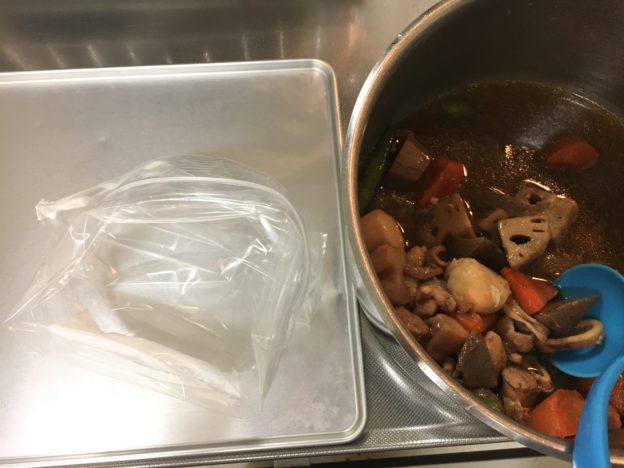
4) Place it on a metal (aluminum, etc.) tray, flatten it as much as possible, and put it in the freezer.
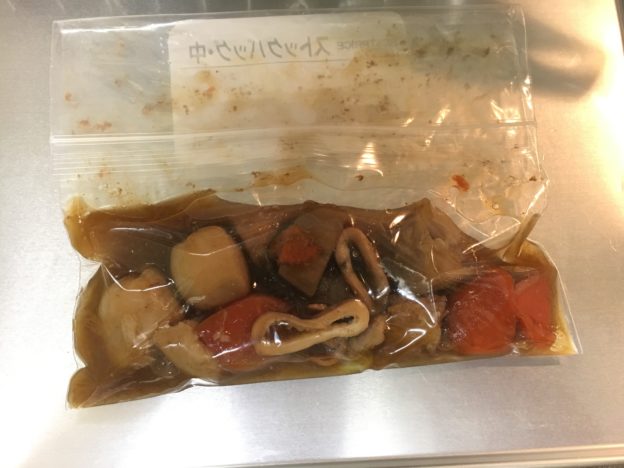
[If you want to freeze Chikuzenni for lunch boxes]
We recommend putting it in a paper or silicone cup, wrapping it in plastic wrap, and freezing it in an airtight container for convenient use.
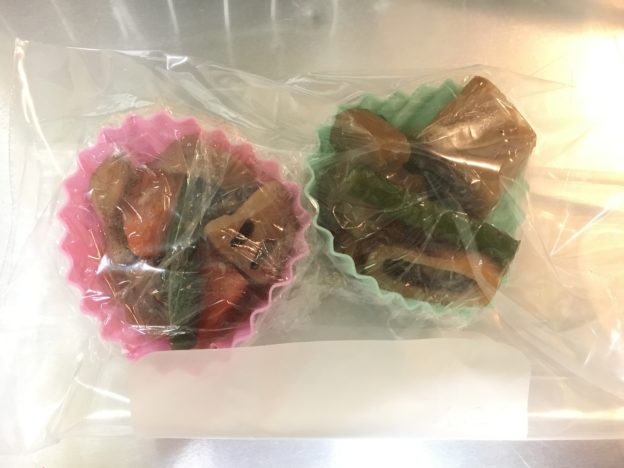
[Points to avoid losing flavor when frozen]
・To prevent deterioration such as oxidation due to exposure to the air in the freezer, store in an airtight container. If transferring to a resealable freezer bag such as a Ziploc bag, seal the bag to remove as much air as possible.
- Metal trays (especially aluminum) have good thermal conductivity, so the heat of Chikuzenni can be quickly dissipated to the outside. Therefore, it can be frozen more quickly, making it less likely that it will lose its flavor.
Thawing method and storage period
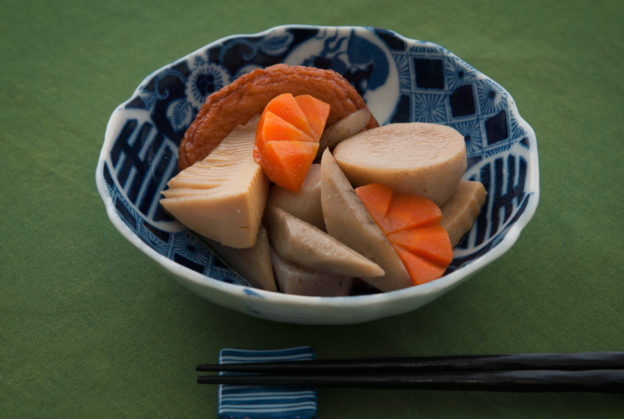
How to defrost Chikuzenni
1) The day before you want to eat it, move it to the refrigerator and let it thaw naturally.
2) It's delicious even when it's cold, so you can eat it once it's defrosted.
*If you are using it for a bento box, it is convenient to put it in the bento box while frozen so that it will be thawed when you are ready to eat it.
If you want to defrost the food in a hurry, check if the container is microwave safe (if not, transfer it) and heat it in the microwave.
Storage period of Chikuzenni
The estimated shelf life of frozen Chikuzenni is approximately one month. However, it will gradually deteriorate, so you should eat it as soon as possible.
Chikuzenni recipe using frozen vegetables
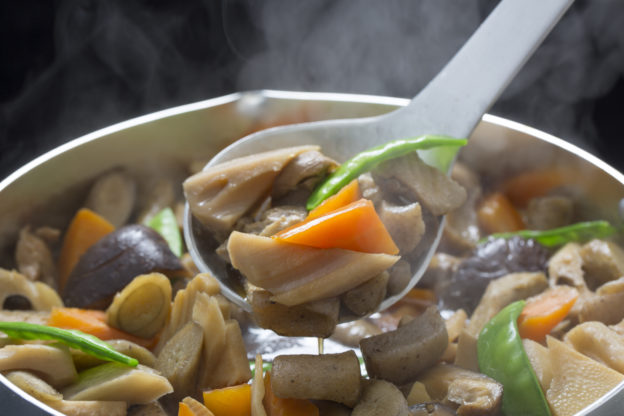
Have you ever seen frozen Japanese-style vegetables or frozen vegetables for simmered dishes in supermarkets? By using these frozen vegetables, you can make Chikuzenni very easily by skipping all the purchasing and preparation of several types of vegetables.
Here are some recipes that are useful for days when you don't have a lot of time but want to make sure you get plenty of vegetables.
☑材料 (3~4人分)
鶏もも肉 150g
冷凍和風野菜 1袋
自分で足したい野菜 適量
☆麺つゆ 50ml
☆水 150ml
<How to make>
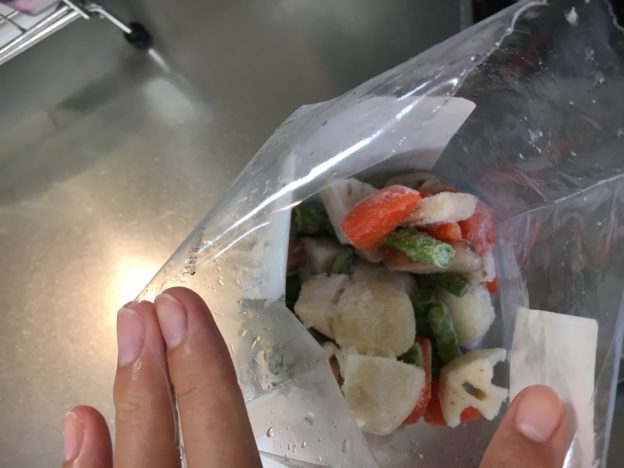
Frozen Japanese-style vegetables are used frozen, so please do not thaw them.
1) Heat oil in a frying pan and fry the chicken thighs. It's OK if the surface is browned.
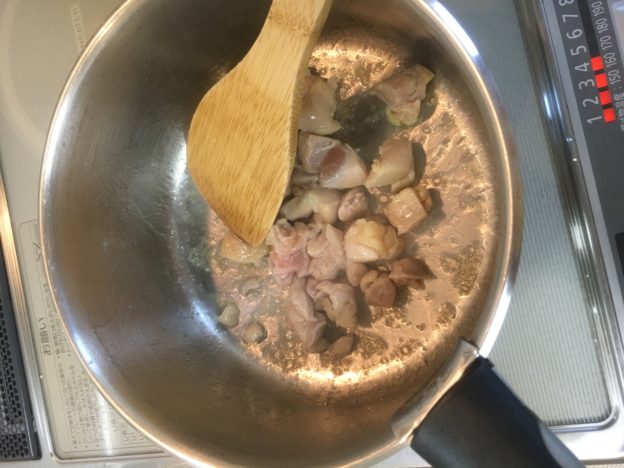
2) Add a ☆ to 1), then add the frozen Japanese-style vegetables. At this time, add any other vegetables you would like to add.
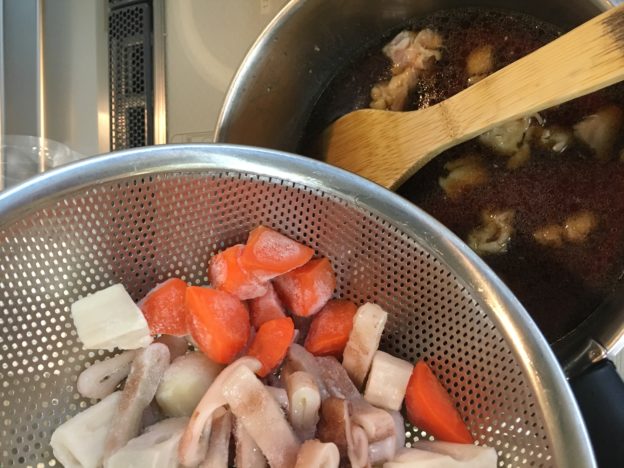
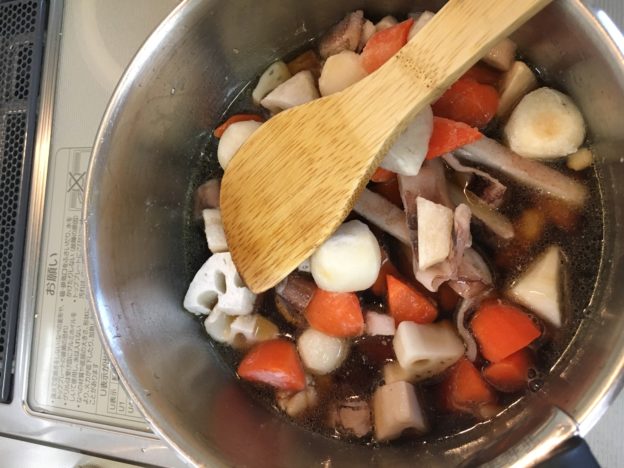
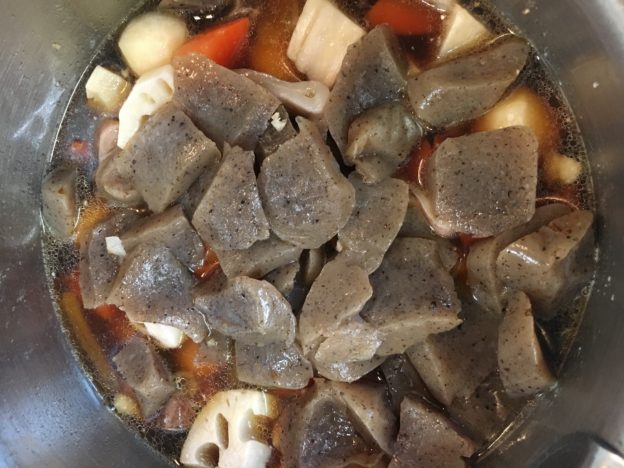
I added konnyaku as an ingredient other than frozen vegetables.
I wanted to preserve the color of the green beans, so I set them aside and add them later.
3) Mix gently, then cover with a lid and simmer over medium heat.
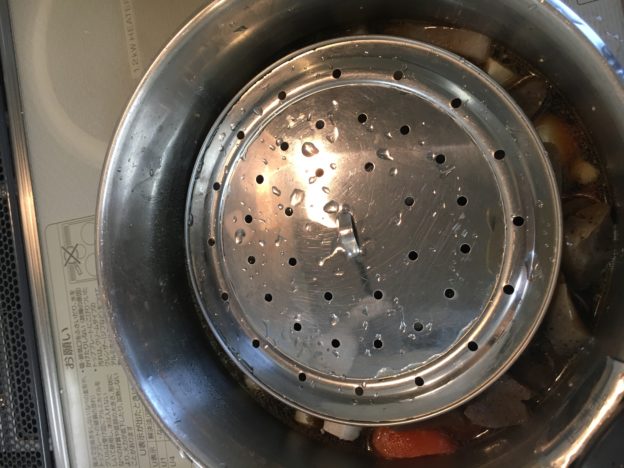
4) When the liquid reduces to about 1/3, add the remaining green beans and simmer for about 1 minute. Stir it so it doesn't burn during the process. Once it cools down and the flavors infuse, it's ready.
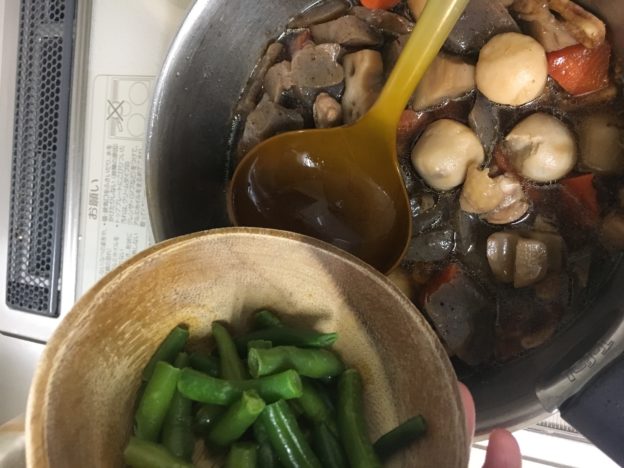
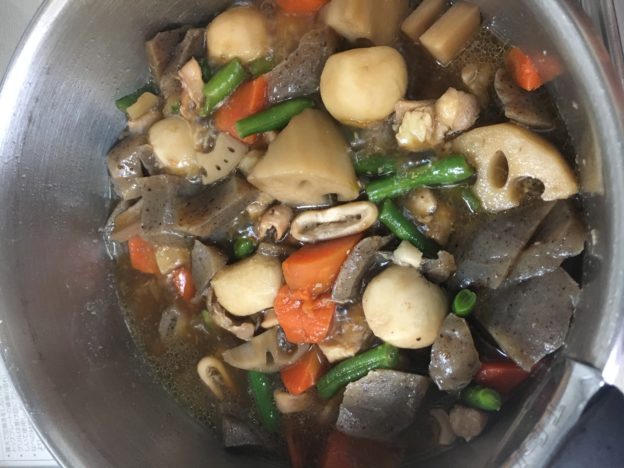
Chikuzenni arrangement recipe
[Easy arrangement] Rice cooked with Chikuzenni
With simple cooking, leftover Chikuzenni can be transformed into takikomi rice! You'll be surprised at how easy it is to make delicious cooked rice.
☑材料 (5人分)
筑前煮180g程度
米 2合
醤油 大さじ3
酒 大さじ3
<How to make>
1) Boil the rice.
Reserve both the ingredients and the soup.
2) Finely cut the ingredients for Chikuzenni.
3) Add the ingredients from 2), soy sauce, and sake to the pot where you boiled the rice from 1).
4) Add water up to 3 cups of white rice, mix gently, and once cooked, it's done.
Arranged gratin with rice cake and Chikuzenni
This is an unexpected arrangement of Chikuzenni into gratin. If you have overcooked Chikuzenni and want to completely change the taste, this menu is recommended. Please try the compatibility with cheese.
☑材料 (2人分)
〇お餅 1個
〇コンソメ 小さじ1/2
〇牛乳 200cc
筑前煮適量
ごぼう 1/4本
たけのこ 少量
しめじ 1/2パック
とろけるチーズ 適量
塩コショウ 少々
<How to make>
1) Dice the mochi and cut the Chikuzenni into bite-sized pieces. (If you have it, cut it into smaller pieces to shorten the simmering time.)
2) Put 〇 in a frying pan and heat over low heat. The rice cake will start to melt, so mix it together.
3) Add the Chikuzenni ingredients cut in 2) and other ingredients (shimeji, burdock, bamboo shoots, etc.) and mix gently.
4) Adjust the taste with salt and pepper.
5) Place 4) in a heat-resistant dish, sprinkle with cheese and grill the fish or use a toaster oven until the surface is golden brown.
Healthy and easy! Chikuzenni toast
筑前煮をトーストに⁉こちらも驚きのメニューですが、味は抜群ですし、朝から栄養も満点の嬉しいメニューに早変わりです。
☑材料 (1人分)
食パン1枚
筑前煮 適量
カレー粉 適量
とろけるチーズ 1枚
<How to make>
1) Cut the inside of the bread into a pocket shape with a knife.
2) Finely chop the Chikuzenni and mix with the curry powder.
3) Fill the bread from 1) with melted cheese and 2) and toast it.
Chikuzenni remake salad
Remake Chikuzenni into a salad! I love that it's easy to make a Japanese-style salad. The seasoning is also simple.
☑材料
筑前煮 適量
ブロッコリー 適量
マヨネーズ 大さじ2
ポン酢 大さじ1
<How to make>
1) Cut the ingredients for Chikuzenni (burdock, carrot, lotus root, taro, peas, chicken, etc.) into easy-to-eat pieces.
2) Cut the boiled broccoli into bite-sized pieces for color.
3) Put ingredients 1) and 2) in a bowl and season with mayonnaise and ponzu sauce.
4) Finish by serving
Conclusion
What did you think. Freezing Chikuzenni was easy and simple as long as you knew which ingredients were not suitable for freezing.
It's great as a side dish for lunch boxes, and it's also a great side dish to add to your diet when you feel like you don't have enough vegetables.
We also introduce convenient and delicious ways to arrange them. There may have been some unexpected items, but all of them are recommended arrangement menus, so please give them a try.








![[Storage period increased by 30 times! ] Achieving a stable supply of raw whitebait!](https://shunkashutou.com/wp-content/uploads/2016/11/579c55e6d32e1385c250e8e7c3ed59a71.jpg)
![[Sales increased 100 times! ] rapid freezing the signature menu “Ni-katsu sandwich”!](https://shunkashutou.com/wp-content/uploads/2016/11/IMG_02391.jpg)
![[Horse sashimi] We have significantly reduced waste loss with rapid freezer!](https://shunkashutou.com/wp-content/uploads/2016/11/5fda59d0cbcdabde18e58c3c58c09ed0.jpg)




![[Storage period increased from 3 days to half a year! ] Restaurants are expanding their business using wholesale and mail order!](https://shunkashutou.com/wp-content/uploads/2018/04/66c19942ab4ba346fdb64ccc04cde373.png)
![[Reduce loss from 200 kg of oysters to zero] Improve loss and expand business with rapid freezer](https://shunkashutou.com/wp-content/uploads/2018/06/19785ca583a8d3c4041c7c192d041b0d.jpg)












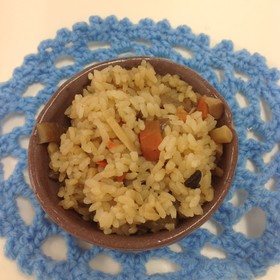
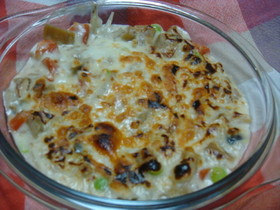
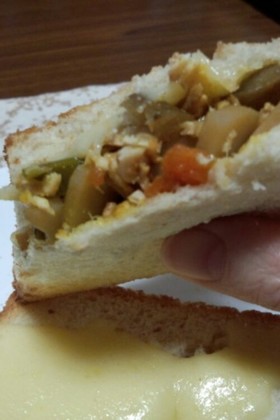
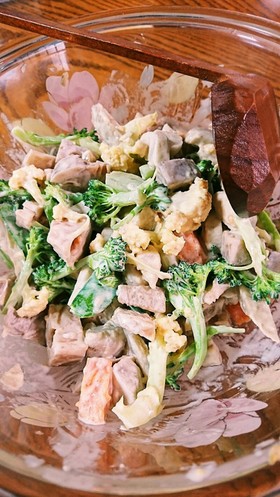


![[Recommended for lunch boxes too! ] Introducing recipes and methods for freezing pasta!](https://shunkashutou.com/wp-content/uploads/2023/10/93f66b71b92cbe1085d41c4ed80d7726.jpg)
![Introducing recipes and methods for freezing spinach [Explanation with photos! ]](https://shunkashutou.com/wp-content/uploads/2023/10/spinachh-768x512-1.jpg)
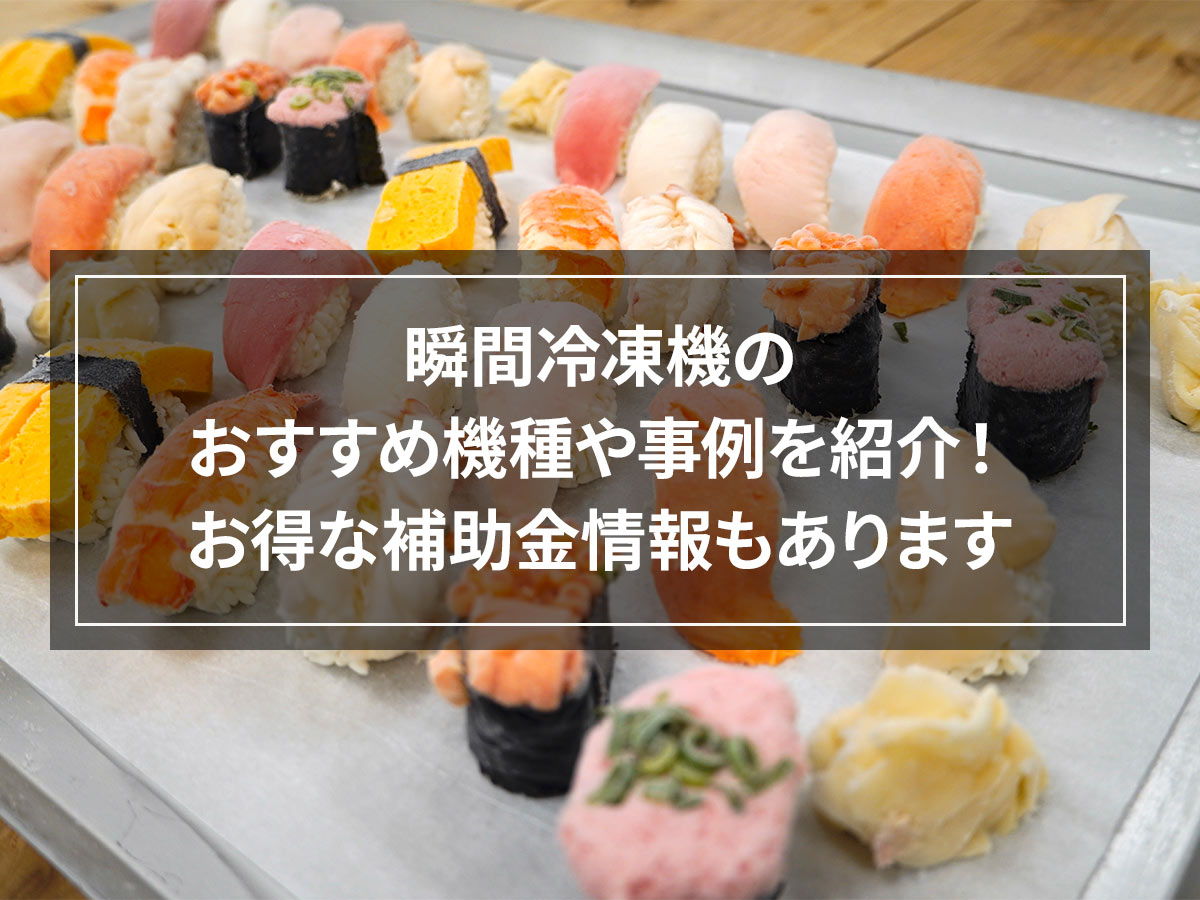
![Introducing recipes for freezing and thawing edamame beans [Explanation with photos! ]](https://shunkashutou.com/wp-content/uploads/2023/08/3b6c4c973e0581c14b4460fa13d99a0e.jpg)
![[Lunch boxes are easy! ] Techniques and recipes for effectively using frozen side dishes](https://shunkashutou.com/wp-content/uploads/2023/07/reitou-bento-1024x682-1.jpg)
![[Explanation with photos! ] How to freeze butter, storage period, and 5 recipes](https://shunkashutou.com/wp-content/uploads/2023/08/4e4d4fde2efeae3d997d4356f1cc75c1.jpg)
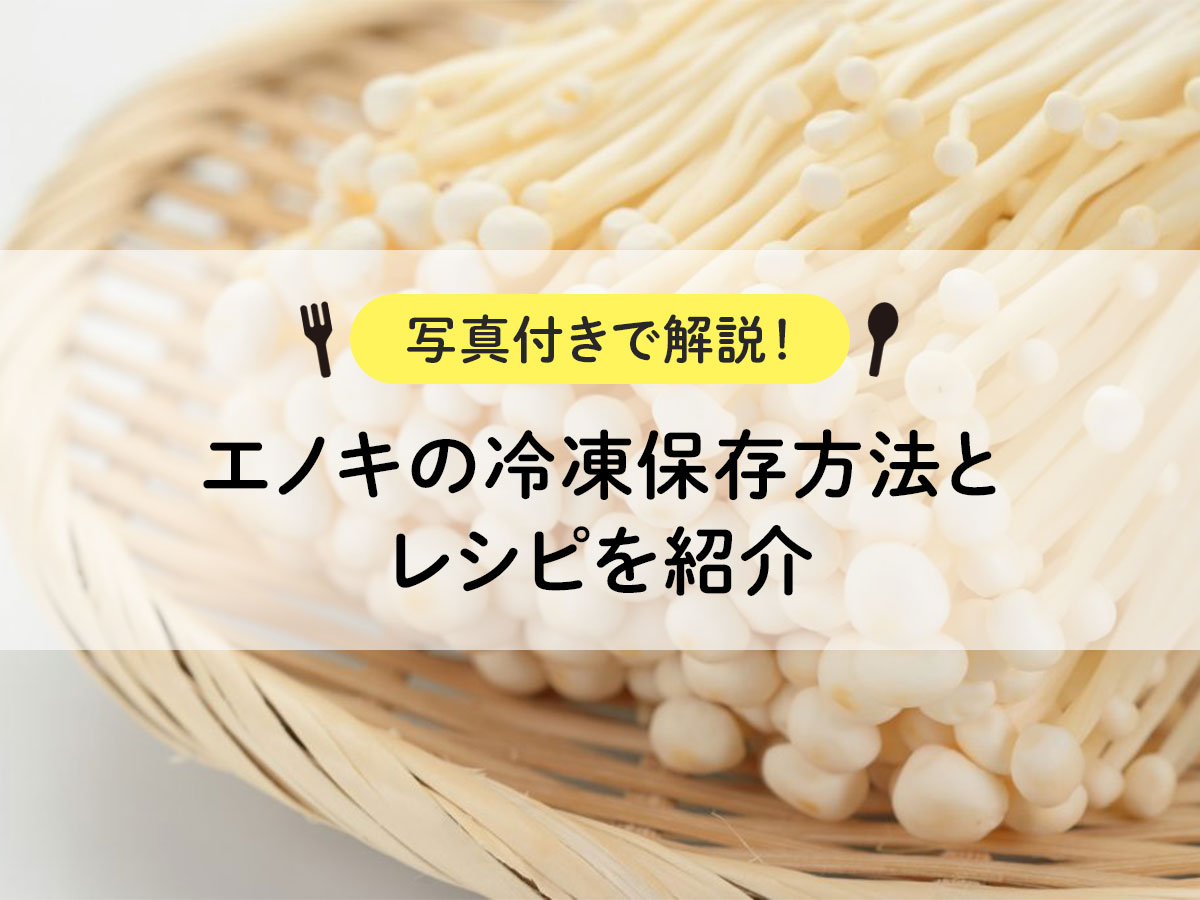
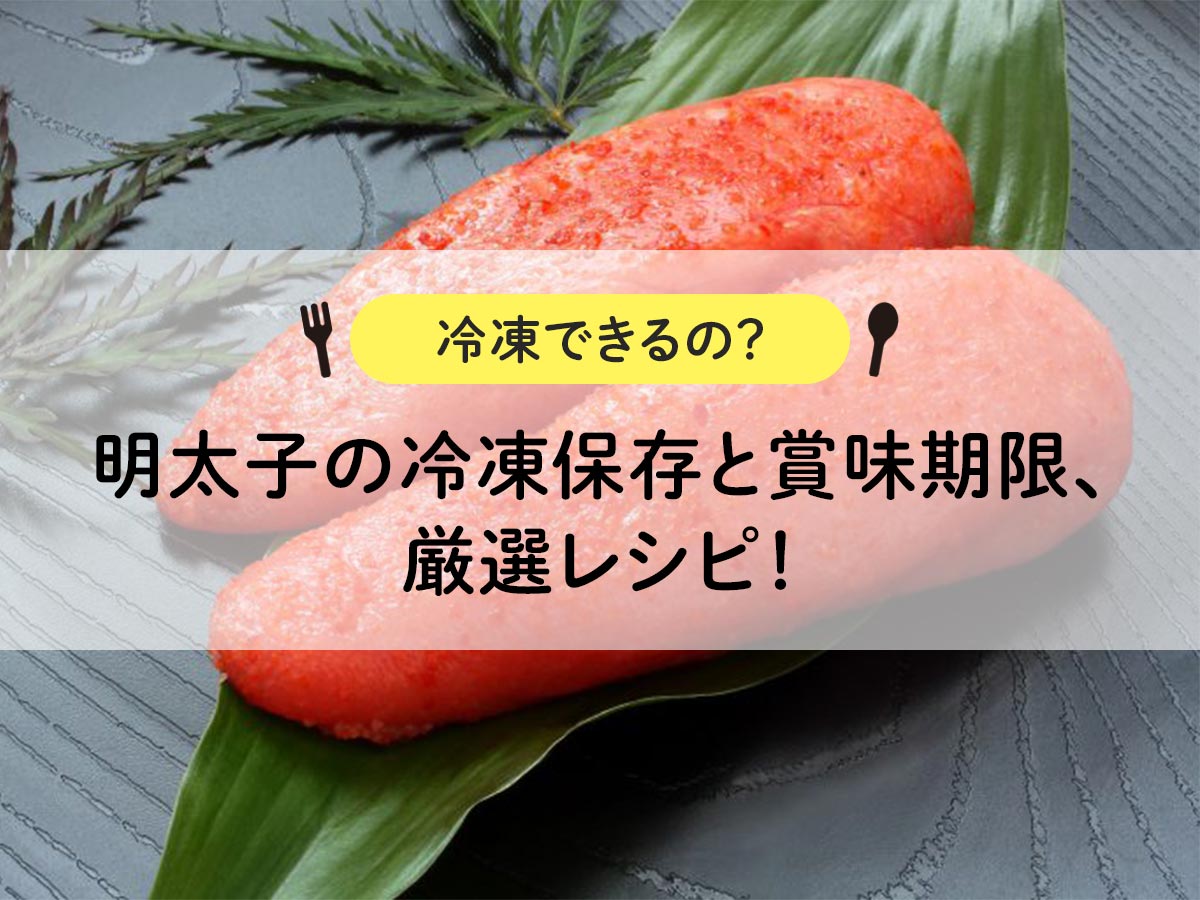
![Freezing garlic, storage period, and 5 recipes! [Explanation with photos! ]](https://shunkashutou.com/wp-content/uploads/2023/10/30693b4b122ff6c57afff367b35bc861.jpg)
![Introducing how to freeze lettuce and recipes [Explanation with photos! ]](https://shunkashutou.com/wp-content/uploads/2023/09/e550b4a0d886ba3aa277d5d8fc87ba73.jpg)
![[Can it be frozen? ] Introducing how to freeze kamaboko and how to remake it](https://shunkashutou.com/wp-content/uploads/2023/09/6d2830823df2896a1601685353b0fdf5.jpg)
![[Freezing Preservation Tips Series] A good way to freeze cabbage! Tips to make it last longer and taste better](https://shunkashutou.com/wp-content/uploads/2023/08/3ac1c4816b324c68e34ebf092e631127.jpg)
![How to freeze natto, expiration date, baby food and carefully selected recipes [Explanation with photos! ]](https://shunkashutou.com/wp-content/uploads/2023/07/055e5e865986b68d11c3f49f11ea6008.jpg)
![[Fruit becomes dessert! ] How to freeze kiwi and sweets recipes](https://shunkashutou.com/wp-content/uploads/2023/09/ecc0fc2bc14391ea13ce2e7a43d1416e.jpg)
![Introducing the method and recipe for freezing Chinese cabbage [Explanation with photos]](https://shunkashutou.com/wp-content/uploads/2023/09/9d8d568b15f5db95f8aafa32d3796045.jpg)
![[Can it be frozen? ] How to freeze mashed potatoes, how long they can be stored, and how to use them](https://shunkashutou.com/wp-content/uploads/2023/09/b7f3f25102051473b7c2f9452840a6f4.jpg)
![[Delicious frozen foods] How to use them in lunch boxes, dinners, and snacks](https://shunkashutou.com/wp-content/uploads/2023/08/frozen-food-1024x683-1.jpg)
![[Freezing boiled food] rapid freezing demo](https://shunkashutou.com/wp-content/uploads/2016/10/4739208abfe6e2e63a43347c1598e991.webp)
![[Osechi remake dishes too! ] Introducing the method and recipe for freezing black beans](https://shunkashutou.com/wp-content/uploads/2023/09/9bcd5b0667eef32b7c7daf786e01172f.jpg)
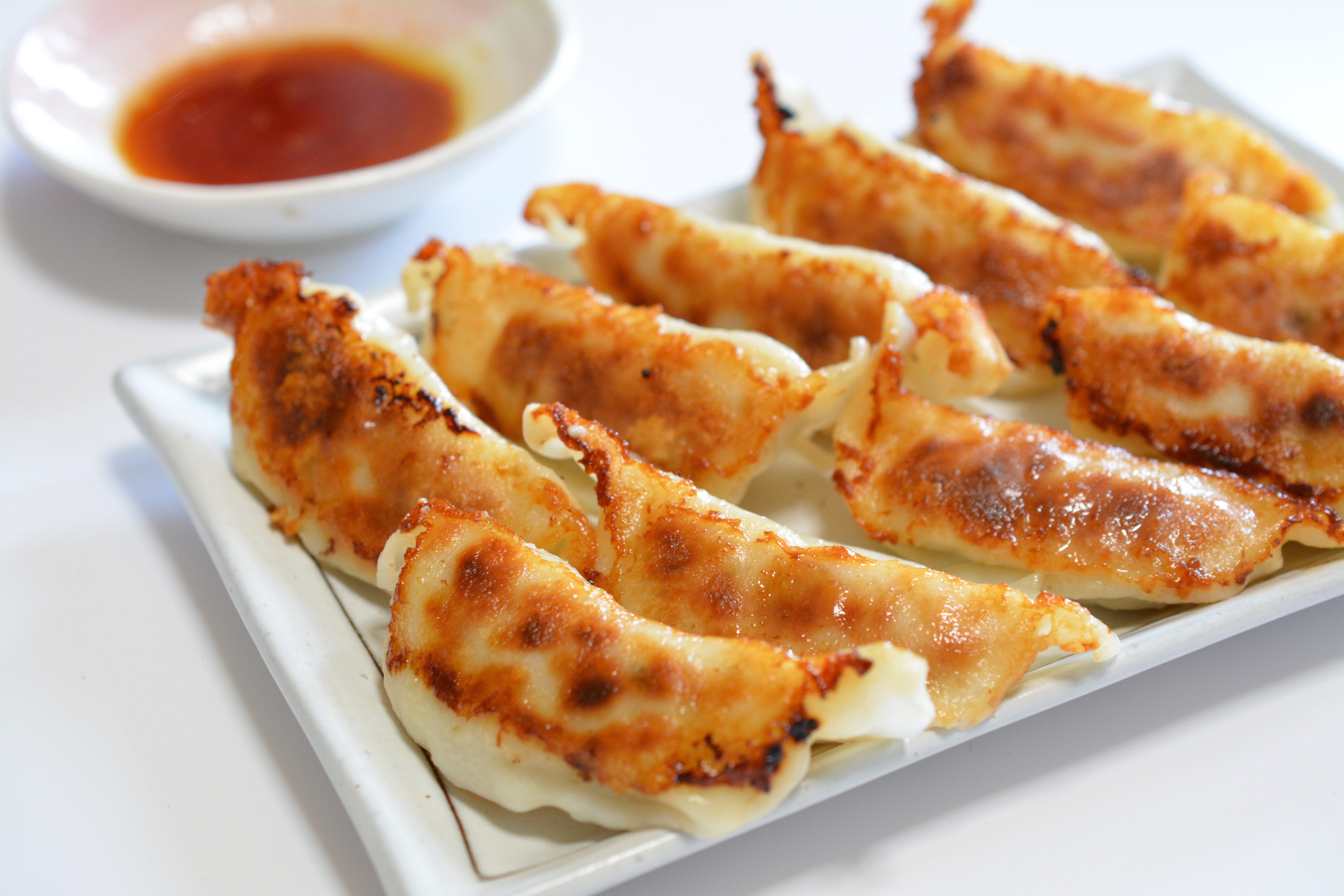
![[Can it be frozen? ] How to freeze dried daikon radish and arrange recipes!](https://shunkashutou.com/wp-content/uploads/2023/09/84f89f802d6869949972432e7b3be19c.jpg)

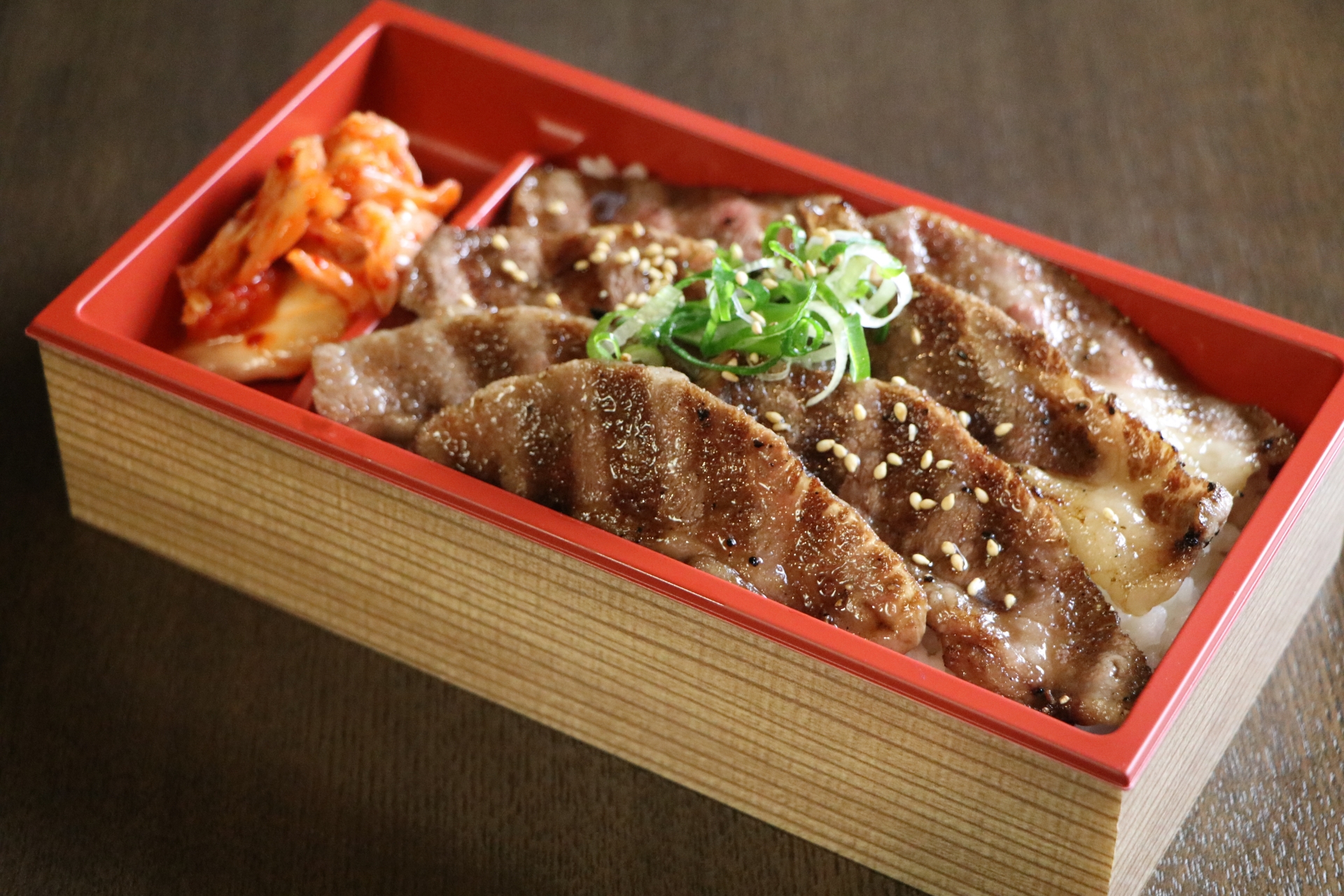
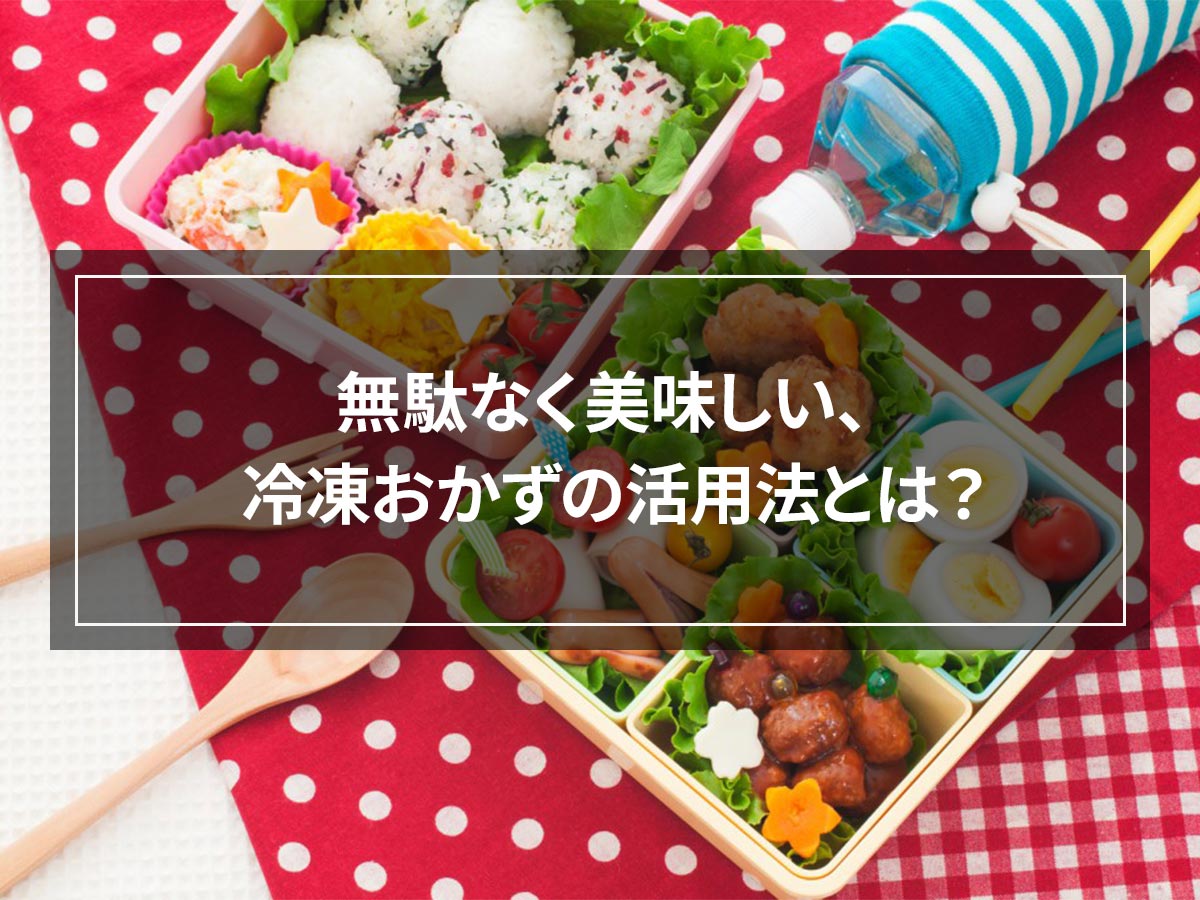
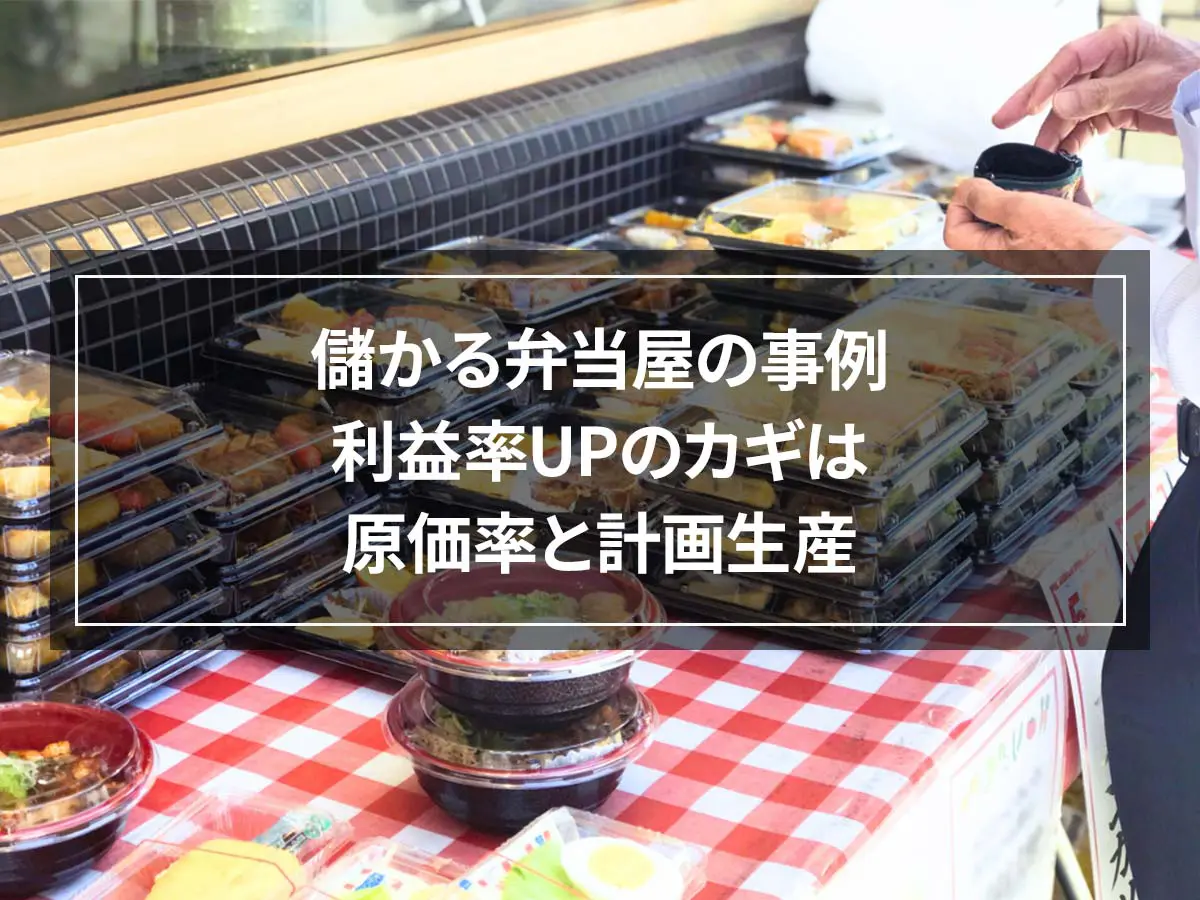
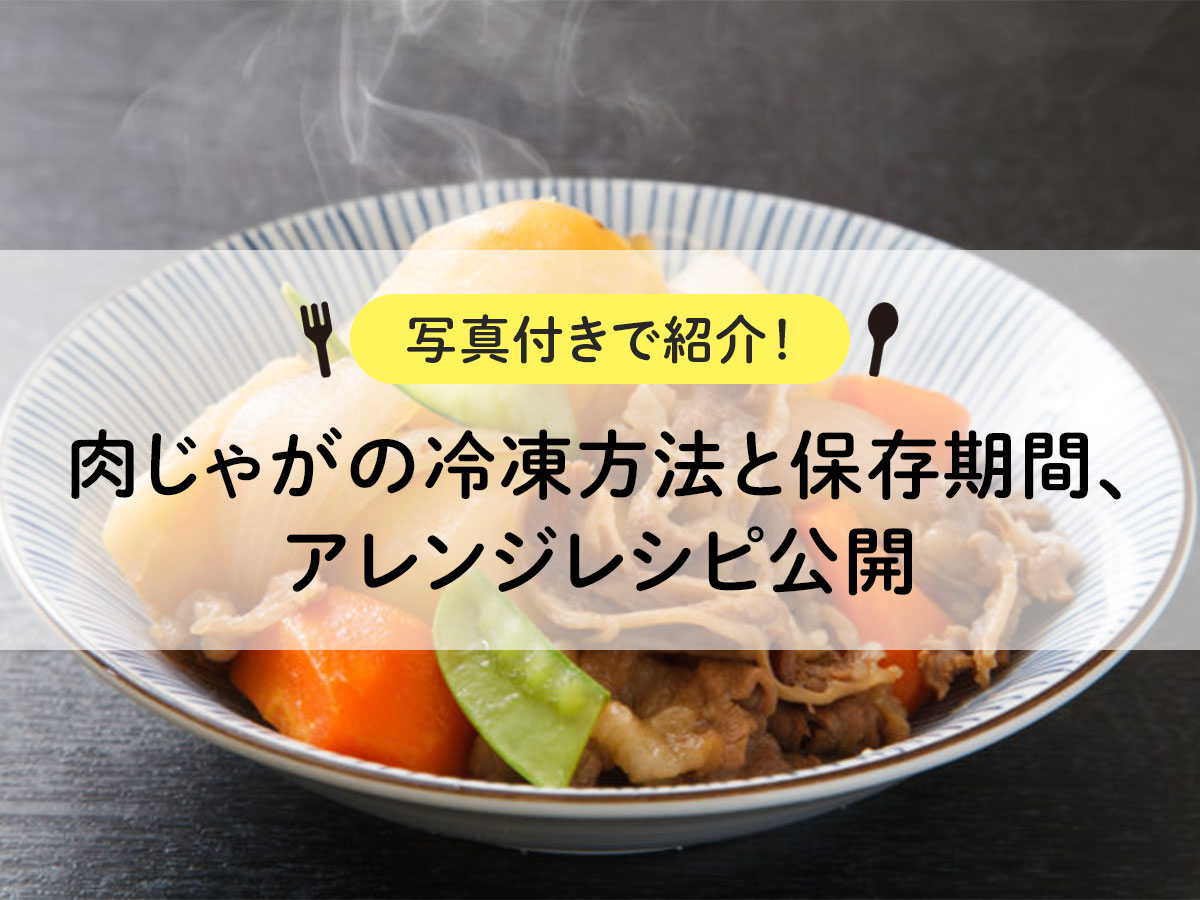
![[Can it be frozen? ] Introducing the recipe and how to freeze potato salad!](https://shunkashutou.com/wp-content/uploads/2023/10/3c640cd23d65764c14f701d25970ed59.jpg)
![[What is the expiry date of frozen foods? ] Points to consider for eating deliciously](https://shunkashutou.com/wp-content/uploads/2023/08/0943c9901a0624d3b4b327a3461a7c01.jpg)
![[Can it be frozen? ] Introducing how to freeze ham and delicious recipes!](https://shunkashutou.com/wp-content/uploads/2023/09/867d7b924bf17d95bedba60a6503e00e.jpg)
![[Explanation with photos! ] How to freeze mackerel fillets and 5 carefully selected recipes!](https://shunkashutou.com/wp-content/uploads/2023/10/bf45f102162a8d43387d3a8d3e538034.jpg)
![[How to use leftover sashimi! ] Introducing frozen preservation methods and arrangement recipes](https://shunkashutou.com/wp-content/uploads/2023/10/7451dbe2231dbc559fe002350b8add67.jpg)
![How to freeze apples and what is their nutritional value? Perfect for baby food! [Explanation with photos! ]](https://shunkashutou.com/wp-content/uploads/2023/10/cf0380a4b371d2f43e0f0ed99c7344a2.jpg)
![[Can it be frozen? ] 5 recipes for yogurt freezing and shelf life!](https://shunkashutou.com/wp-content/uploads/2023/10/yogurt-catch-768x512-1.jpg)
![How to freeze cucumbers and 5 recipes! [Explanation with photos! ]](https://shunkashutou.com/wp-content/uploads/2023/09/37a83e91a989dfbc285ac11dede7c8c2.jpg)
![[Explanation with photos! ] Introducing the method and recipe for freezing komatsuna](https://shunkashutou.com/wp-content/uploads/2023/09/5d2a19a6e6cfb5ad0329d8fce162f292.jpg)
![[Explanation with photos] How to freeze salmon fillets, storage period, and 5 recipes](https://shunkashutou.com/wp-content/uploads/2023/10/fb96564ba06a8cc88a72f0c971ad54e5.jpg)
![[8 times more nutrition! ] Introducing how to freeze clams, storage period, and 5 recipes](https://shunkashutou.com/wp-content/uploads/2023/10/57204e2a2f115f810e29e365cfc86638.jpg)
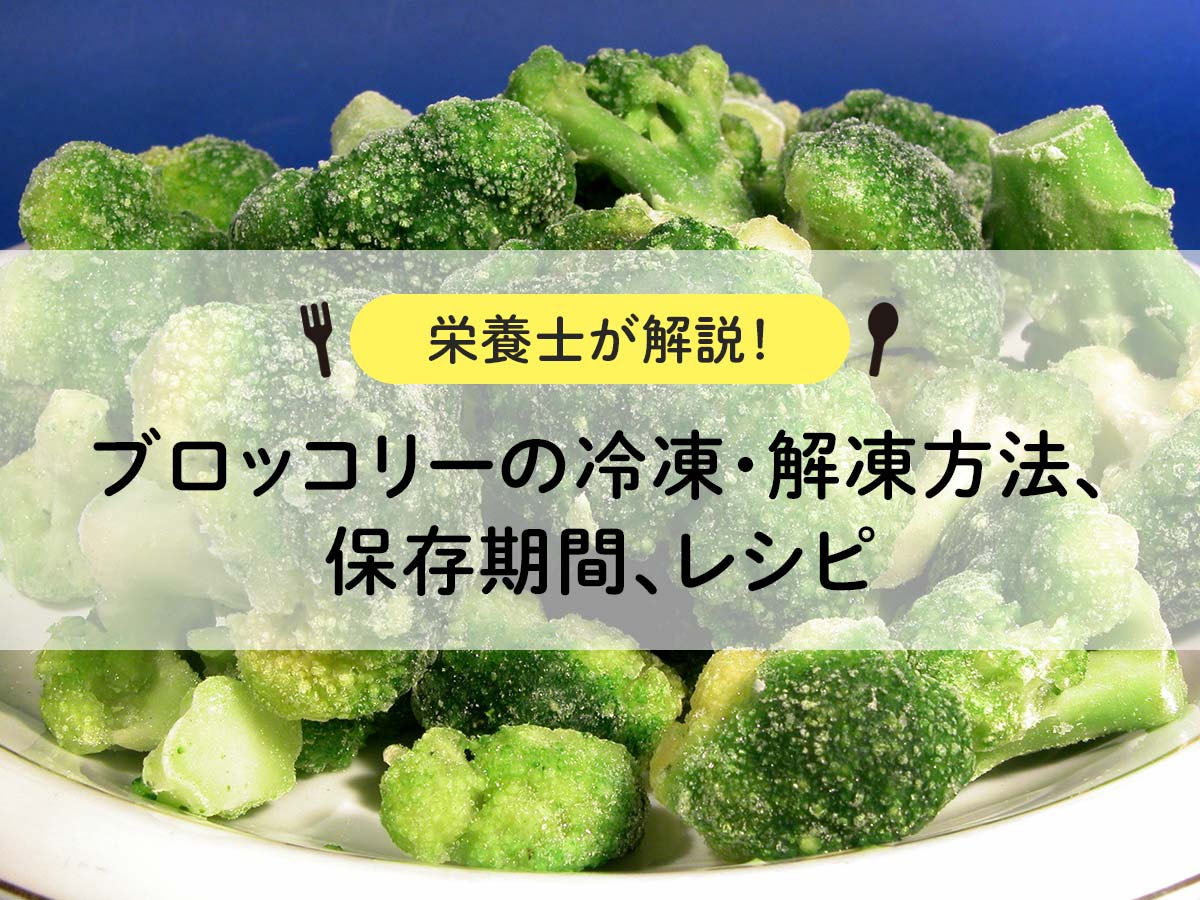
![[Can it be frozen? ] How to freeze cabbage rolls, storage period, and recipe](https://shunkashutou.com/wp-content/uploads/2023/10/f5c1db9a17ef7843ffd45f5ccb160ed5.jpg)
![Explaining how to freeze Maitake mushrooms, their nutritional value, and recipes! [Explanation with photos! ]](https://shunkashutou.com/wp-content/uploads/2023/09/9face03809f7fcaf2e3599773b2e8c80.jpg)
![[Recommended for those living alone! ] How to freeze rice, storage period, and easy recipes!](https://shunkashutou.com/wp-content/uploads/2023/08/b3c2c946949856ed2c8a8098eacf6641.jpg)

![[How to freeze and store clams to improve nutrition] How to freeze and thaw clams and 5 recipes!](https://shunkashutou.com/wp-content/uploads/2023/07/ecfa61188368277d34c95d6667bf15fe.jpg)
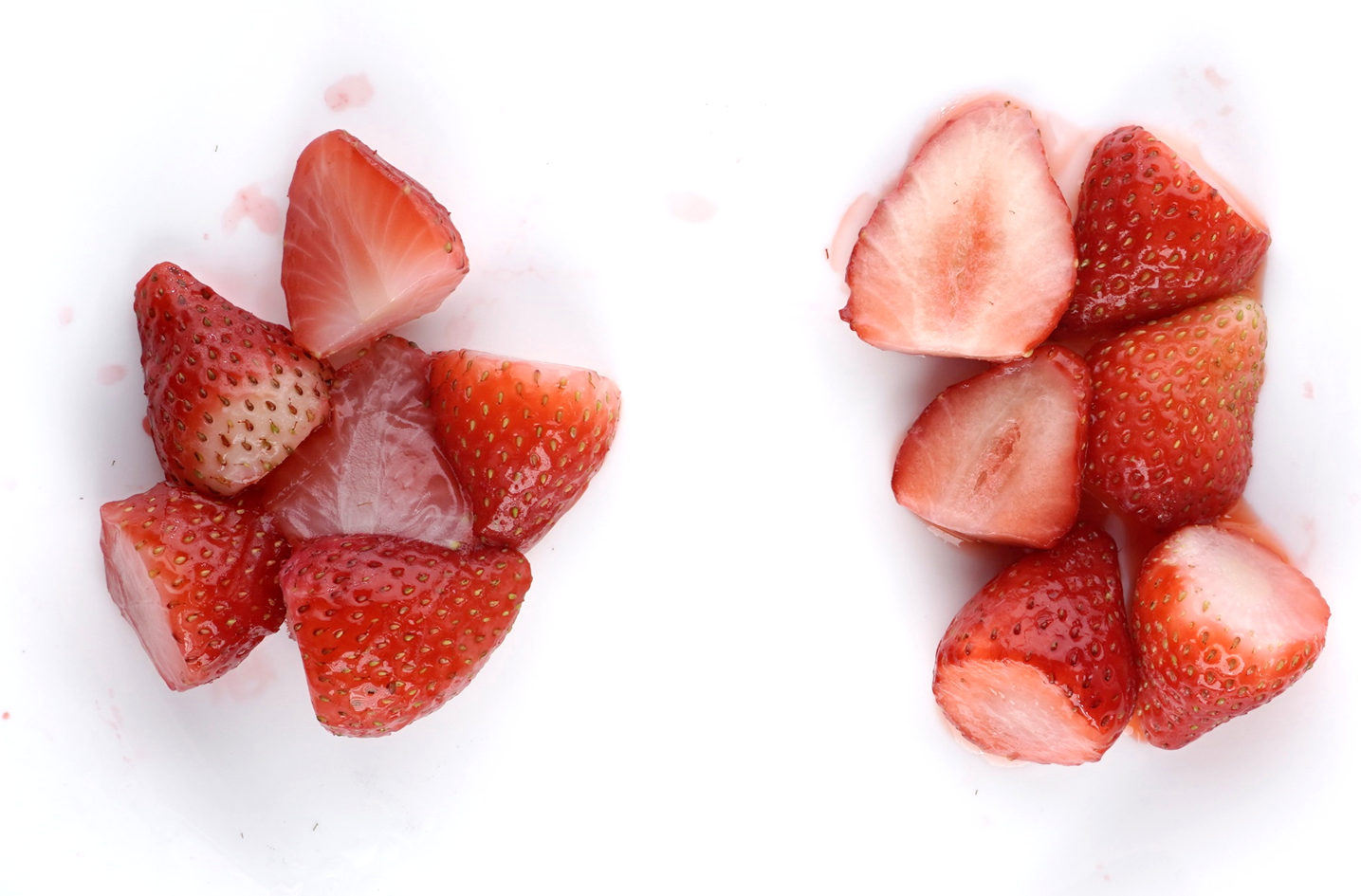
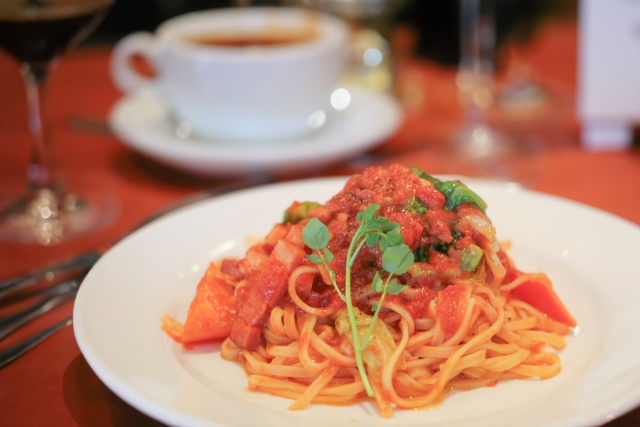

![[Explanation of how to bake! ] How to freeze gyoza, storage period, and arranged recipes](https://shunkashutou.com/wp-content/uploads/2023/09/c3dca78e4f555cfbcfe88d6e13b19bba.jpg)
![[Thorough Guide to Preserving Sweets] Introducing the freezing method, storage period, and thawing method in detail!](https://shunkashutou.com/wp-content/uploads/2023/10/bffcbc0b6e79bb1af6e05b930e11e949.jpg)
![[Dramatically extends the shelf life of vegetables! ] What is blanching process?](https://shunkashutou.com/wp-content/uploads/2023/07/8fce721a563a0e86a740b4d11dc63766.jpg)
![How to freeze mushroom mushrooms, storage period, and 5 recipes! [Explanation with photos! ]](https://shunkashutou.com/wp-content/uploads/2023/09/4b6ffe2ef040e90085b4ee4f0c3e72a9.jpg)
![How to freeze celery, nutrition, and 5 recipes! [Explanation with photos! ]](https://shunkashutou.com/wp-content/uploads/2023/09/serori-768x512-1.jpg)
![How to freeze mizuna and 5 recipes! [Explanation with photos! ]](https://shunkashutou.com/wp-content/uploads/2023/09/b22c59559b7316b40d35d2555434791e.jpg)
![Introducing how to freeze and thaw whitebait, as well as recipes for its use [Full of nutrition! ]](https://shunkashutou.com/wp-content/uploads/2023/10/04d15012ec36f91a5574f63dfa9d4771.jpg)
![Introducing the method and recipe for freezing green onions [Explanation with photos]](https://shunkashutou.com/wp-content/uploads/2023/09/negi5-768x512-1.jpg)
![[Explaining how to freeze fish! ] Introducing storage period and thawing method!](https://shunkashutou.com/wp-content/uploads/2023/08/a794d4ac4e5f56cd881ba06a0edf9449.jpg)
![[With photos] Lemon freezing and storage period, recipes for how to use frozen lemons](https://shunkashutou.com/wp-content/uploads/2023/09/21a01b705aff194717e200bf6dc6ce5b.jpg)
![Introducing how to freeze fried chicken and a delicious recipe [Explaining tricks and techniques]](https://shunkashutou.com/wp-content/uploads/2023/09/2d15a108b8d7de5b4811f69c9bc8b8f1.jpg)
![Explaining how to freeze tempura with photos! [Storage period, thawing, carefully selected recipes]](https://shunkashutou.com/wp-content/uploads/2023/10/51f33cde78d02d01a9e827132e4f069d.jpg)
![[It's good to know! ] Introducing how to freeze curry, how long to keep it frozen, and how to thaw it |](https://shunkashutou.com/wp-content/uploads/2023/08/5de5495c896622dc896a8f23d9528300.jpg)
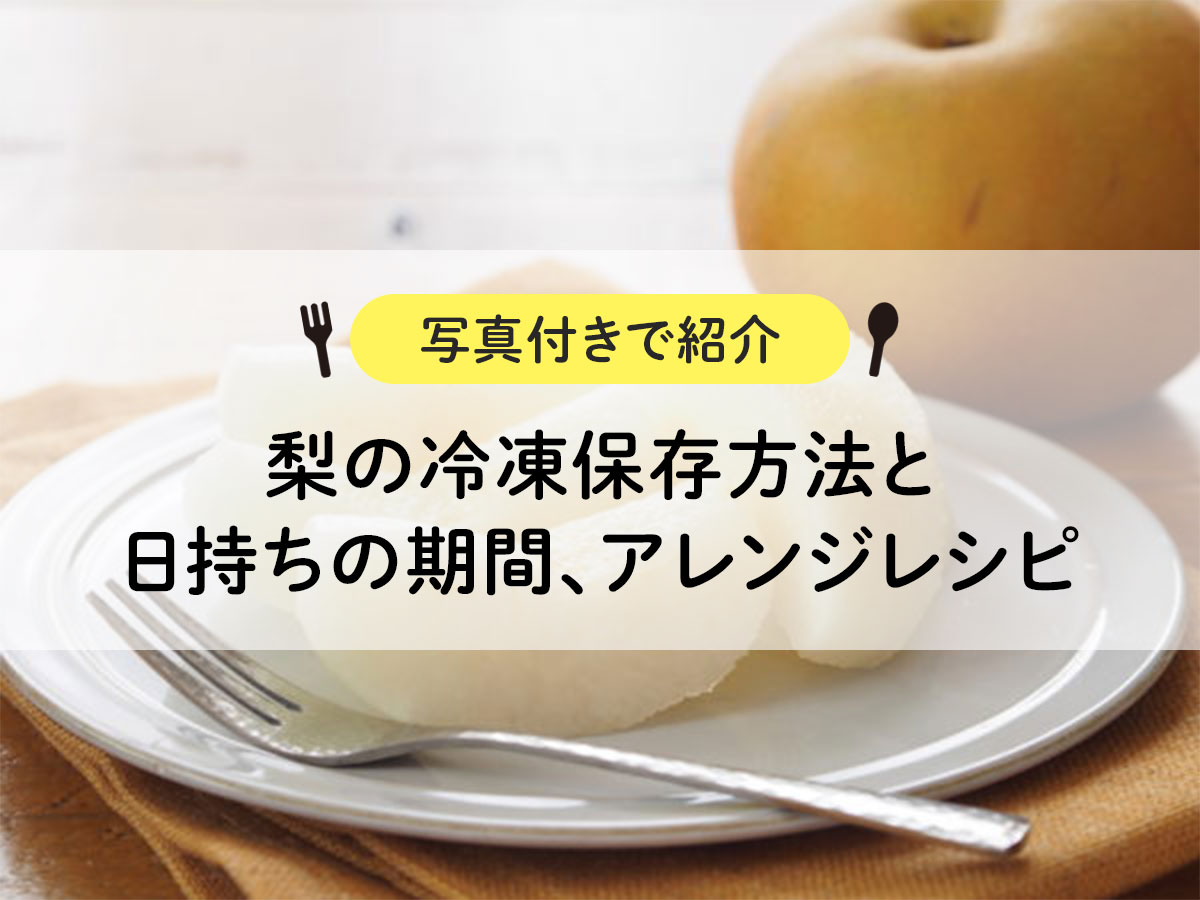
![Introducing the frozen preservation method and recipe for bamboo shoots [Explanation with photos! ]](https://shunkashutou.com/wp-content/uploads/2023/07/4c47b443710cb5788386ab6fd1fa0a07.jpg)
![[Explanation with photos] How to freeze winter melon, storage period, and 5 recipes!](https://shunkashutou.com/wp-content/uploads/2023/10/8c301e3fcfbb9c7f457d8b05dfea902d.jpg)
![[Can it be frozen? ] How to freeze and thaw okonomiyaki, arrangement recipe!](https://shunkashutou.com/wp-content/uploads/2024/01/58bc763c02f23a2a6442d6449853a67b.jpg)
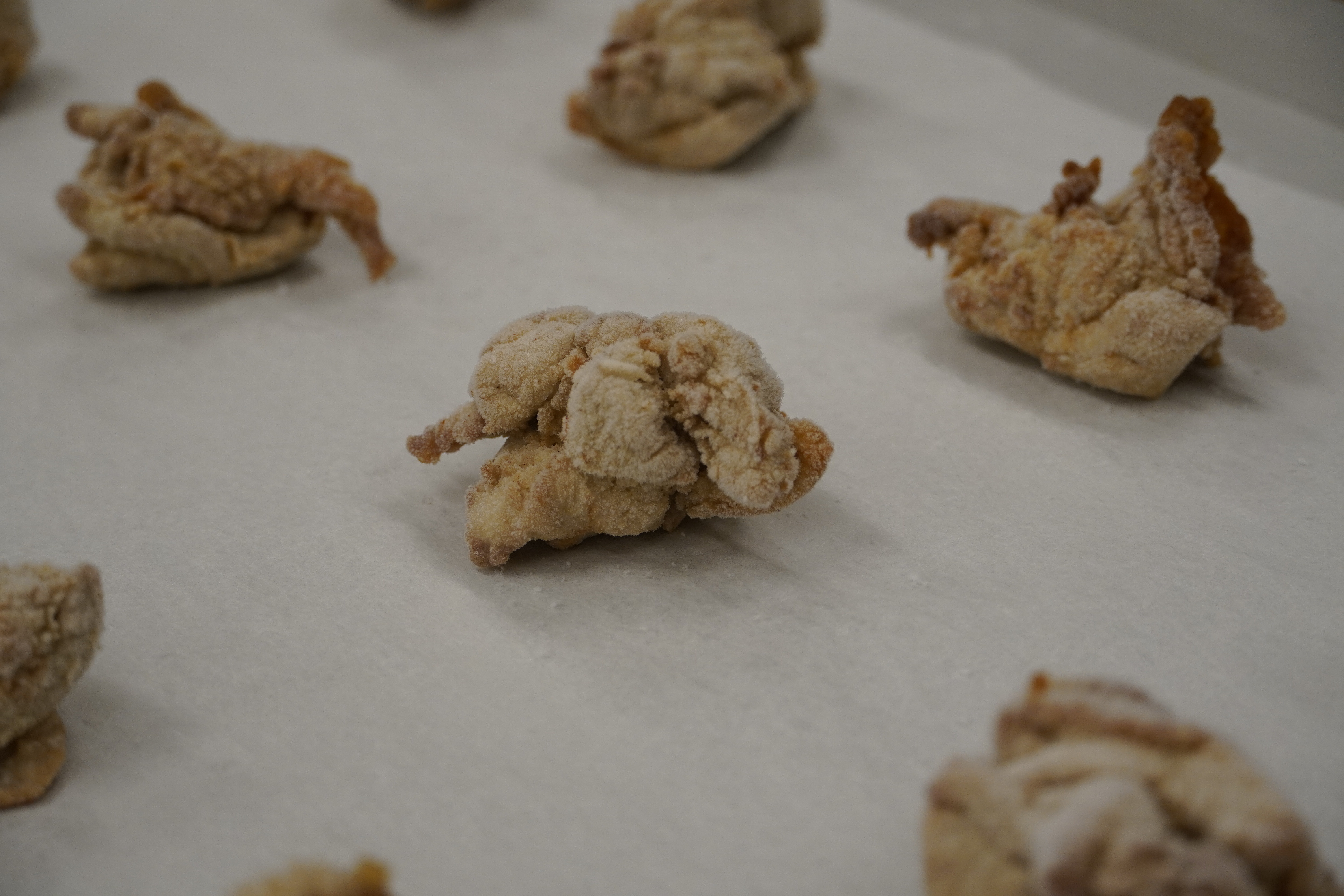
![[Tips for making egg rolls that can be frozen] Introducing freezing methods, storage periods, and recipes!](https://shunkashutou.com/wp-content/uploads/2023/10/tamagoyaki-768x512-1.jpg)
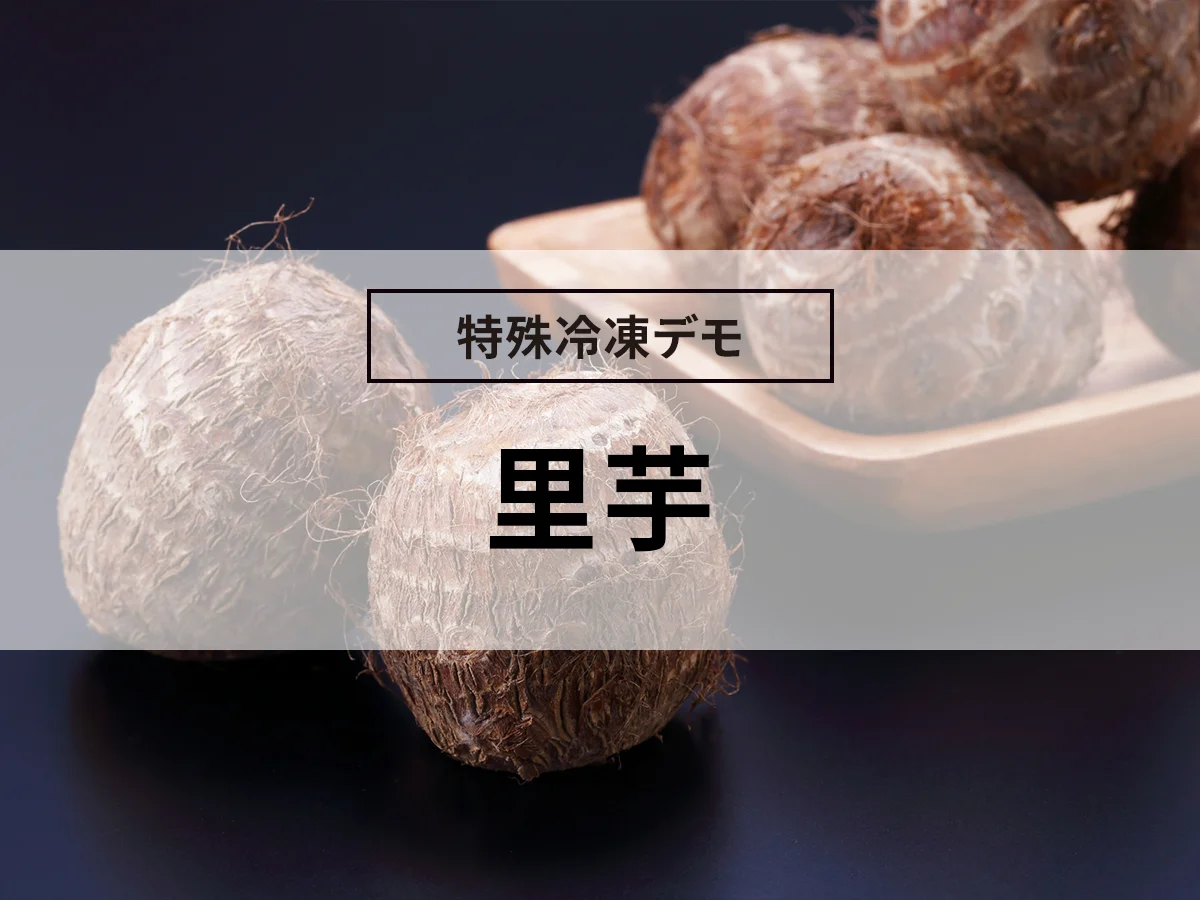
![[Explanation with photos! ] How to freeze hijiki and its storage period, 5 recipes!](https://shunkashutou.com/wp-content/uploads/2023/09/ff6bdc527dd066b7d725a48161d7925d.jpg)
![[Recommended for making lunch boxes! ] Delicious ways to use frozen foods](https://shunkashutou.com/wp-content/uploads/2023/09/m-frozen-food-bento_eyecatch.jpg)

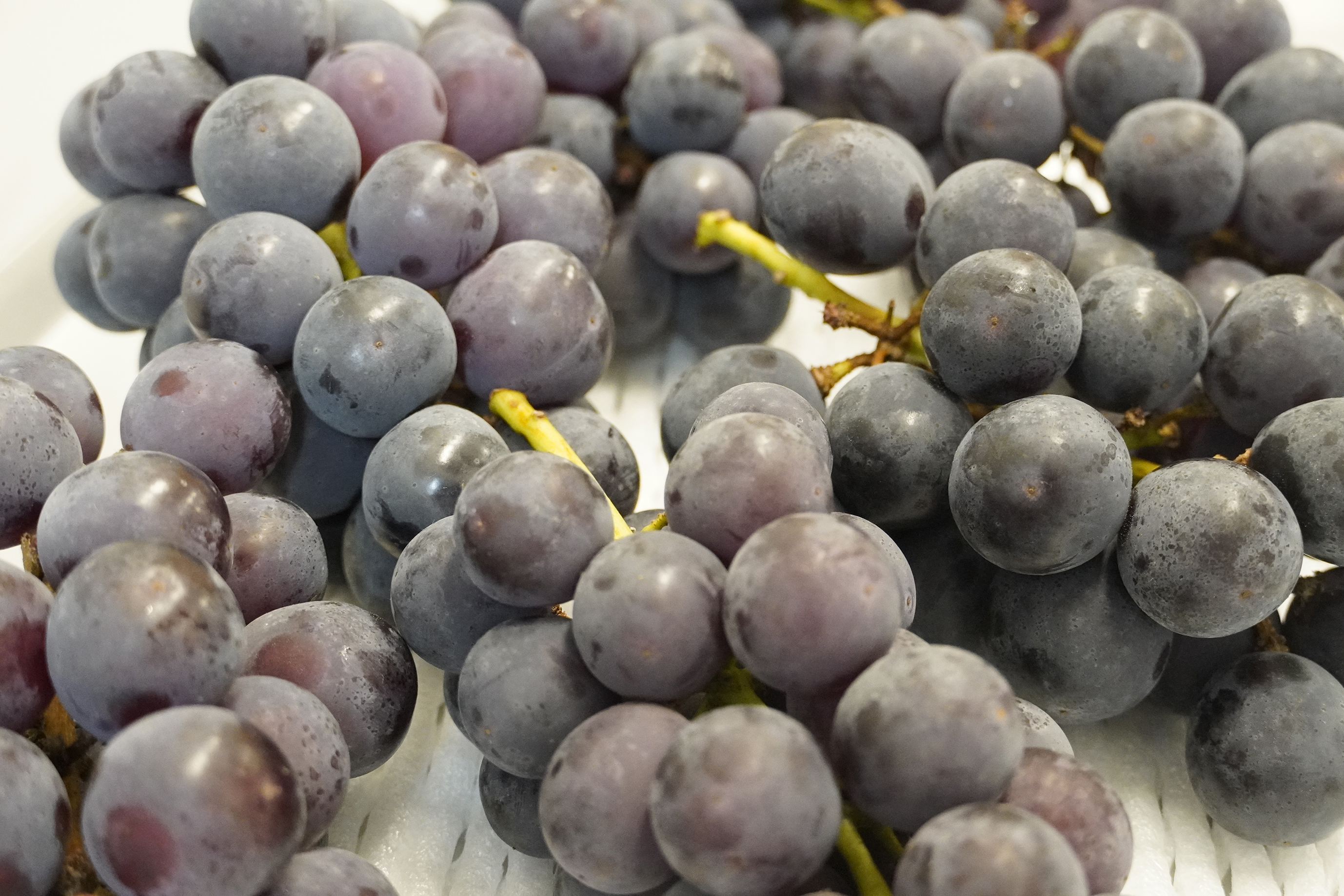
![Introducing how to freeze burdock and recipes [Explanation with photos! ]](https://shunkashutou.com/wp-content/uploads/2023/09/0812c28da547fe267723143edad2bfed.jpg)
![[Explanation with photos! ] How to freeze pumpkin, storage period, and 5 recipes](https://shunkashutou.com/wp-content/uploads/2023/10/36d3edf3acec7cf27351bd1211e770ac.jpg)

![How to freeze rice cake, expiry date, and 5 recipes! [Explanation with photos! ]](https://shunkashutou.com/wp-content/uploads/2023/10/bd019f04ad570f697ffefe9ffd2e1e71.jpg)
![[Should be frozen! ? ] How to freeze and thaw bread, 5 carefully selected recipes!](https://shunkashutou.com/wp-content/uploads/2023/10/4691acc32cab80284fa0cddf72d58e95.jpg)
![[Explanation with photos! ] Shiitake mushroom freezing method and storage period, 5 recipes](https://shunkashutou.com/wp-content/uploads/2023/09/shiitake-768x512-1.jpg)
![Shock freezer prices and reasons why we can't recommend used ones [What's the difference from a blast chiller? ]](https://shunkashutou.com/wp-content/uploads/2019/09/f76c6907f41d0b092e20d0924e5f27c9.webp)
![[Explanation with photos! ] How to freeze pork, expiration date, and 5 recipes!](https://shunkashutou.com/wp-content/uploads/2023/10/8688cd28f298c3180c30169cec815293.jpg)
![[How long does frozen fish and meat last? ] Interesting expiration dates and tips to extend the shelf life](https://shunkashutou.com/wp-content/uploads/2023/08/f124221382987fe32d0ffda6b6f497c1.jpg)
![[Convenient for lunch boxes! ] How to freeze fried noodles and 5 different recipes](https://shunkashutou.com/wp-content/uploads/2023/10/yakisoba-768x512-1.jpg)
![[How long does it last? ] How to freeze cooked rice and how long it can be stored](https://shunkashutou.com/wp-content/uploads/2023/10/7e31499b015d58f220536e3274a41bf2.jpg)
![[Save onions in the freezer! ] Introducing storage methods and recipes with photos](https://shunkashutou.com/wp-content/uploads/2023/10/9d2c1259f1c42d7a0e3b61af361e5da8.jpg)
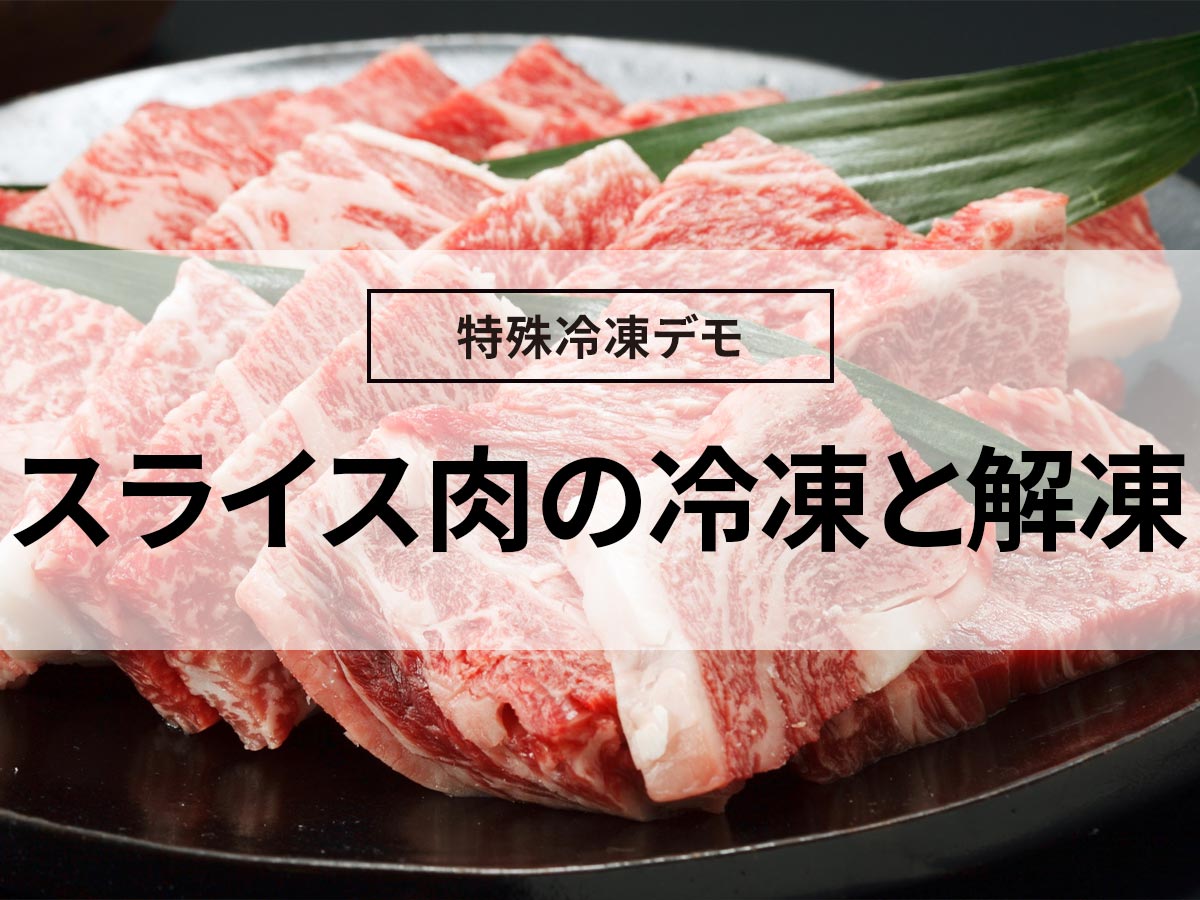
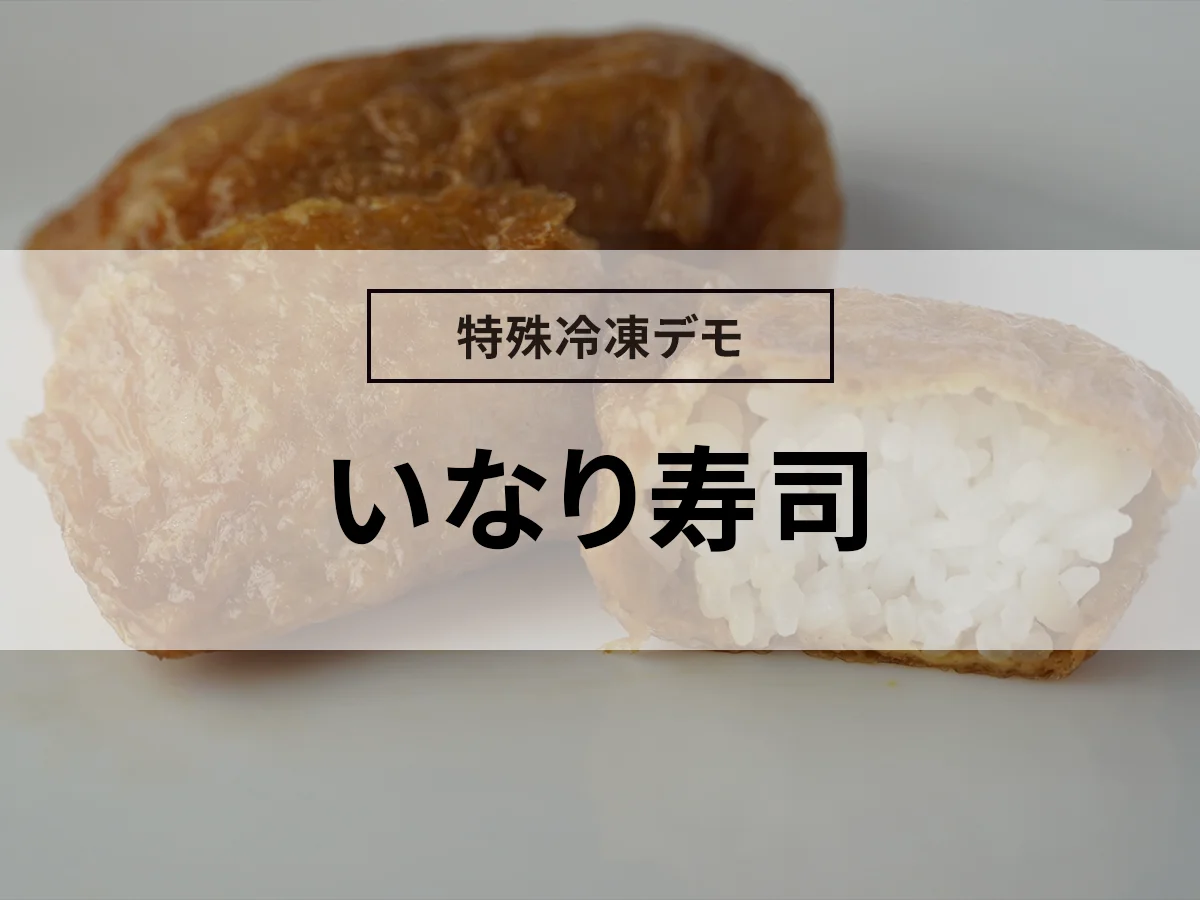
![[Includes grilling instructions] How to freeze hamburger steak, storage period, and carefully selected recipes!](https://shunkashutou.com/wp-content/uploads/2023/09/eb3a531f7fd023f973240f698c092b64.jpg)
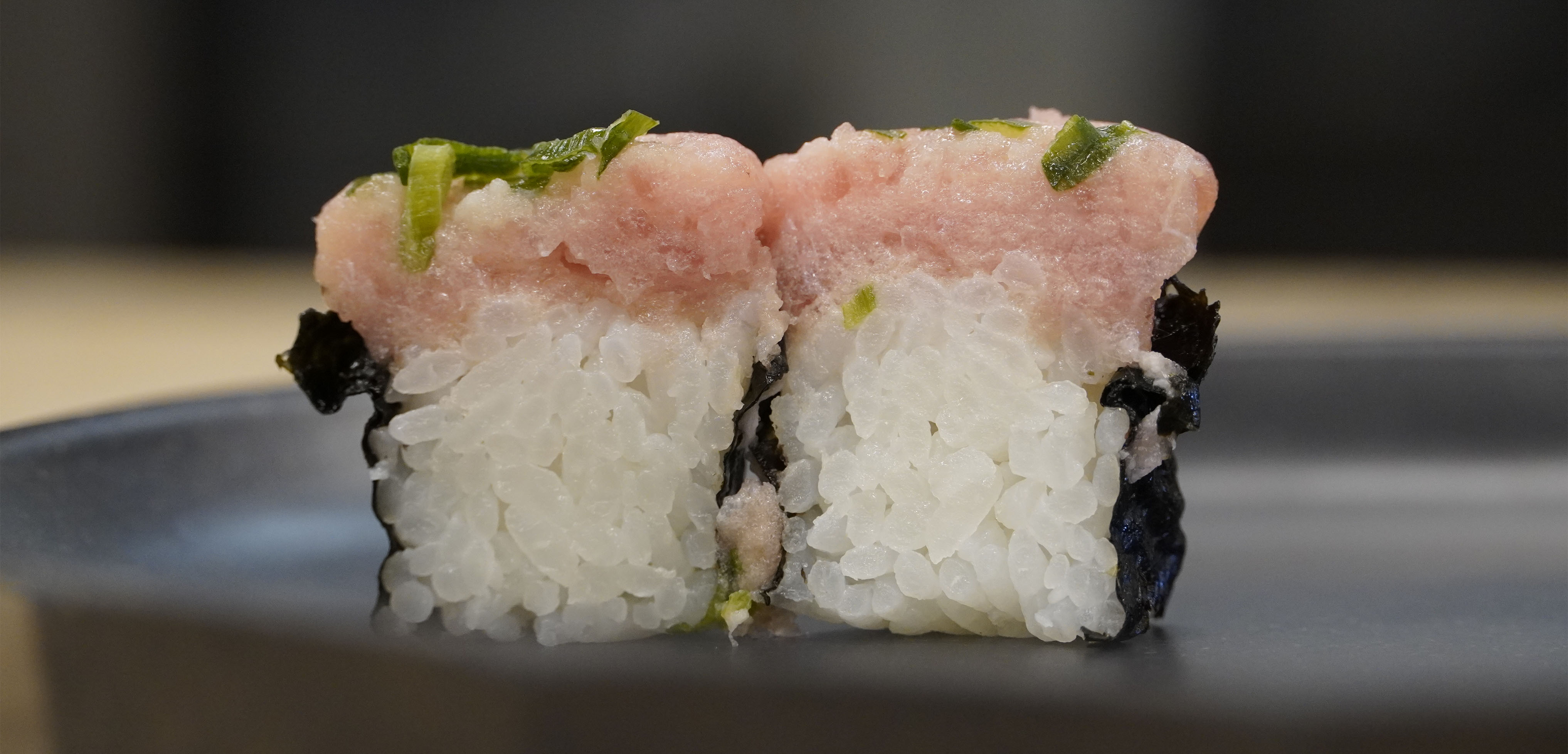
![Introducing how to freeze corn and recipes [Explanation with photos! ]](https://shunkashutou.com/wp-content/uploads/2023/08/195a6cd4120bbae043606a677c71a7dc.jpg)




